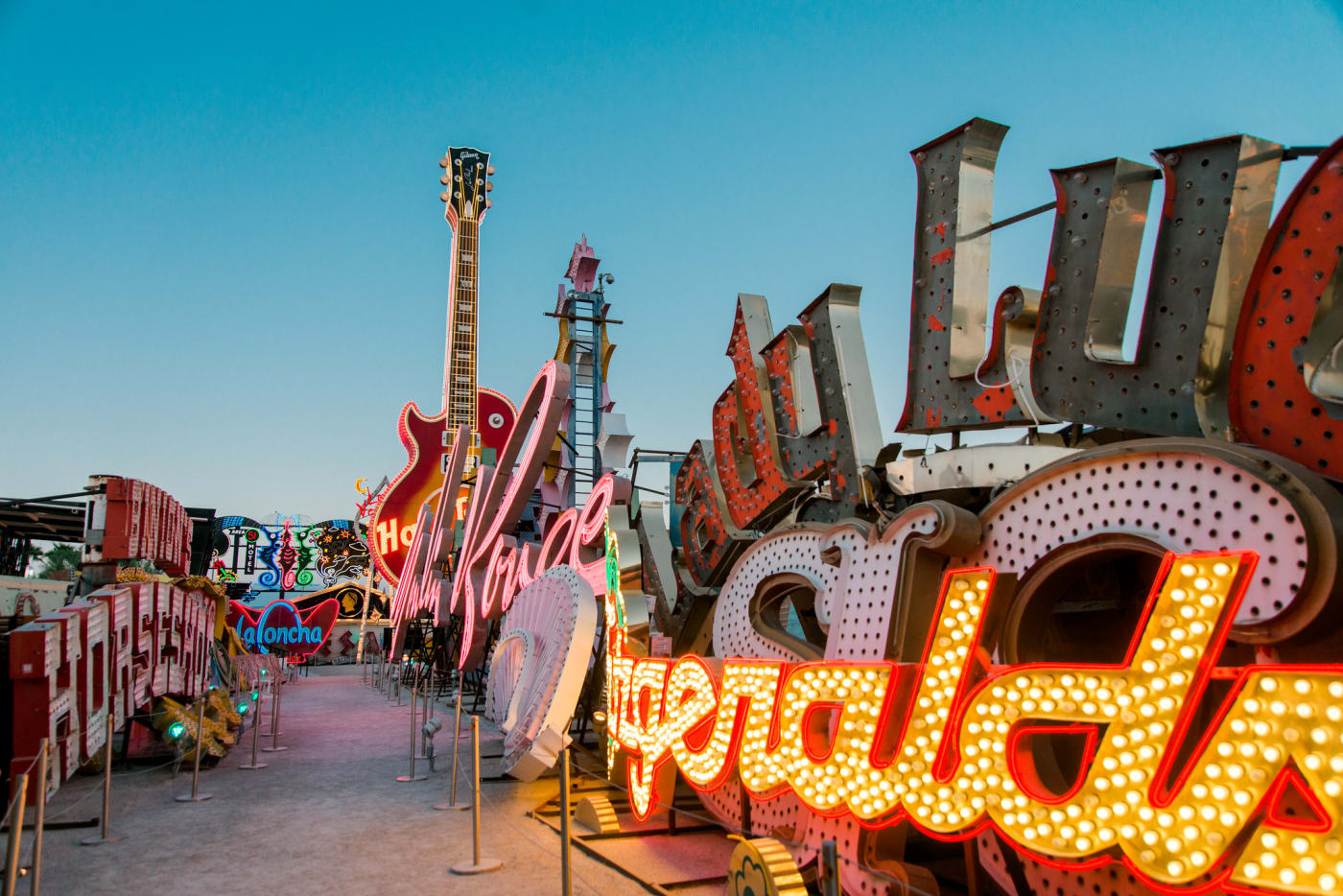Treasure Island Hotel & Casino

Please position yourself in front of the Treasure Island Hotel & Casino’s fiberglass skull signage.
An architectural “duck,” as defined by authors and architects Denise Scott Brown, Robert Venturi, and Steven Izenour, refers to a building “[in which] the architectural systems of space, structure, and program are submerged and distorted by an overall symbolic form.” The trio were inspired by an actual duck-shaped building in Long Island, New York, known as The Big Duck. This building was initially constructed as a shop to sell ducks and duck eggs. Passerby who observed The Big Duck would, in theory, be informed of the building’s purpose just by nature of its form. A “duck” exists in contrast to the “decorated shed,” but both are linked in their shared purpose of understanding architectural design and its origins.
One of the possible frameworks applicable to the “duck” typology is theme architecture: many noteworthy examples have existed in Las Vegas throughout history, such as the medieval Excalibur Hotel & Casino, the pyramid-shaped Luxor Hotel & Casino, and the Treasure Island Hotel & Casino. Originally opened in the midst of Las Vegas’ family-friendly era in 1993, the Treasure Island was designed by Joel Bergman, Jon Jerde, and interior designer Roger Thomas. Together, the trio approached their family-friendly property with an intense attention to detail. Staff traveled across Europe, India, and Nepal in search of historic objects to draw inspiration from, such as doors and columns, which were later replicated at the Treasure Island’s pirate village and lagoon area known as Buccaneer Bay.






